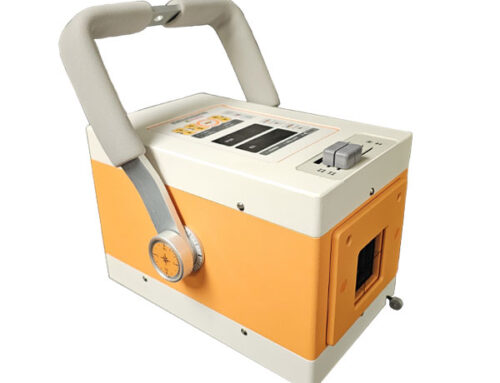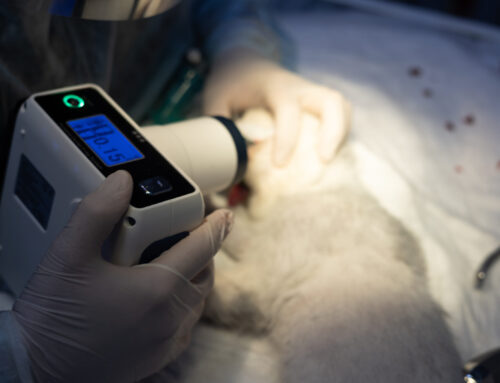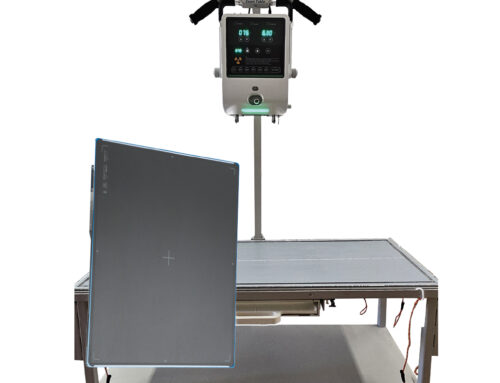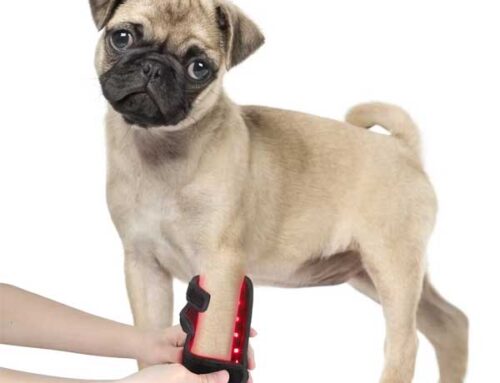Hurricanes. Tornadoes. Earthquakes. It could be a snowstorm. Or a flood. You’ve made it through safely, but what about your pets?
Follow these tips to make an emergency plan for your pets:
- Microchip your pets
Microchipping is one of the best ways to ensure that you and your pet are reunited if you are separated. Include at least one non-local friend/relative emergency number, and always keep the microchip registration up-to-date
- Keep a collar and tag on all cats and dogs
Keep a few working phone numbers on your animal’s identification tag. Identification on indoor-only cats is particularly important. If your home is damaged during a disaster, they could easily escape.
- Plan a pet-friendly place to stay
Seek out and keep a list of out-of-town pet-friendly hotels and boarding facilities. You’ll find lots of them by doing an internet search. Contact out-of-area friends and relatives and agree to a housing exchange plan
- Use the buddy system
Exchange pet information, plans and house keys with a few trusted neighbors or nearby friends. If you find that you are unable to get back to your home, your friends and neighbors can help save your pet’s life.
- Prepare an emergency kit for each animal
Stock up on the items you may need during a disaster so you do not get caught unprepared. Below are basic items you should include in your pets’ disaster kits. Think “Go Bag” for pets; supplies should be placed in an easy-to-move container. Store your disaster kit supplies in an easy-to-grab container.
One-week supply of food. Store it in a water-tight container and rotate it every three months to keep it fresh. Don’t forget to include a can opener, if that’s your food of choice.
One-week supply of fresh water. Water unsafe for humans is water unsafe for animals. Follow American Red Cross guidelines for storing emergency water for your family and your pets.
Medication. A replacement supply may not be easily available following a disaster.
Copies of vaccination records
Photographs of you with your pets to prove ownership
Photographs of your pets in case you need to make “lost pet” fliers
Pet first aid kit
Temporary ID tags. If you’ve evacuated, use this to record your temporary contact information and/or the phone number of an unaffected friend or relative.
Carrier or leash for each animal
- Identify emergency veterinary facilities outside of your immediate area
If a disaster has affected your community, emergency veterinary facilities may be closed. Make sure you know how to access other emergency facilities. Ask your vet if they have an emergency plan to provide services for disaster relief.
- Plan for temporary confinement
Physical structures, like walls, fences and barns may be destroyed during a disaster. Have a plan for keeping your animal safely confined. You may need a tie-out, crate or kennel.
- Soothe your animals
Your animals will appreciate your calm presence and soft, comforting voice if they are stressed following a disaster or while evacuated, and you may find it comforting to spend time with them, too. Interact with them on their terms. Some animals may find toys, especially long-lasting chew toys, comforting.
- Know where to search for lost animals
When animals become lost during a disaster, they often end up at a local shelter. Keep a list of all area shelters; phone numbers and addresses.
- Take action
Get the family, neighbors and the entire town involved in a pet disaster preparedness plan. If there is a plan in place, be sure you have all the information.
If a disaster hit your town, would you be prepared to care for your pet? Assemble your kit and have a plan now. Your pet is depending on you.
For more information, please visit aspca.org






